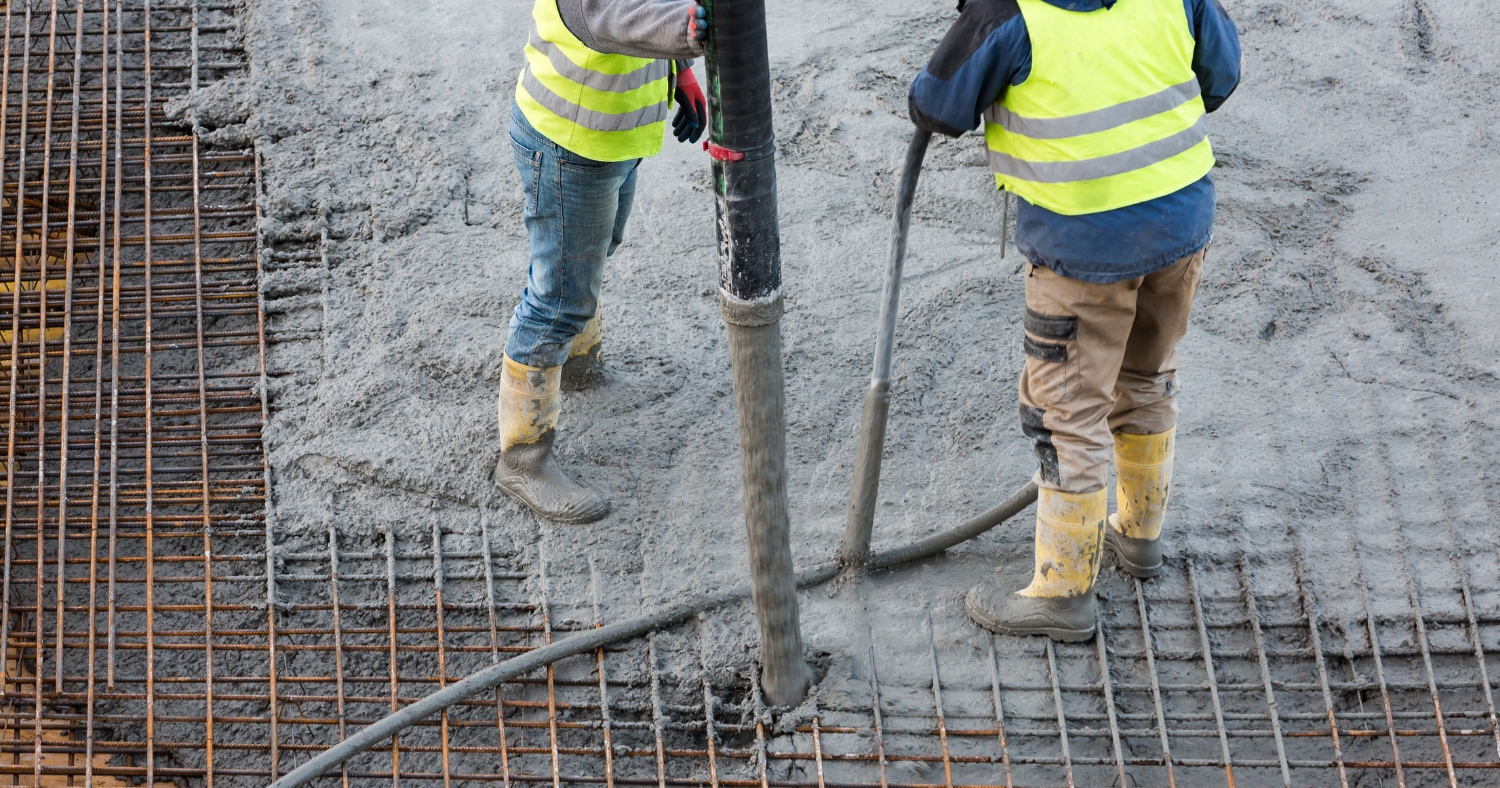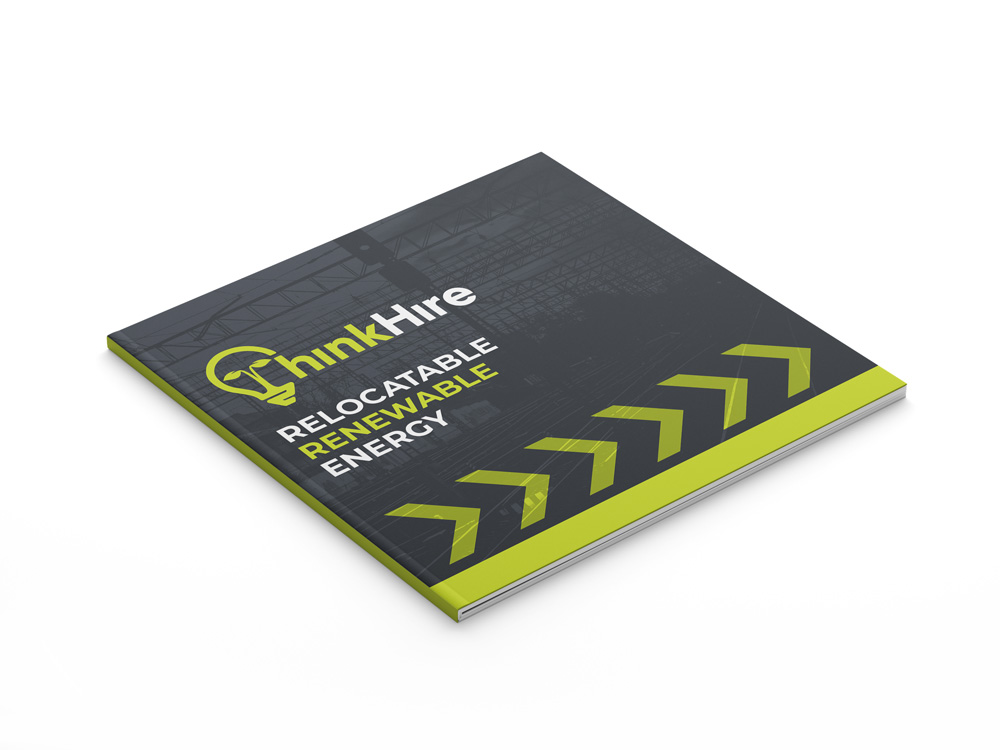Is Clean Green Concrete the Future for Sustainable Sites?
Date: 17/06/24

Think Hire are delighted to support so many construction sites across the country with products like solar generator hire and solar powered lighting. Together these green energy innovations can significantly reduce both fossil fuel use and carbon emissions. This not only makes your site more sustainable, but it can also often cut your running costs too.
Unfortunately, the same cannot be said for many of the materials used in the construction process, especially cement. Concrete is ubiquitous in the building industry across the world, from buildings and highways, to bridges and ports. The bad news for the environment is that the most common building material is also one of the most polluting materials around.
What is the problem with concrete?
Concrete uses cement to bind particulates like sand and aggregates together, creating a strong and versatile material. This cement is made by heating limestone to very high temperatures, around 1600°C, which forces out the CO2 from the rock, leaving the cement behind.
This manufacturing process means that around a tonne of CO2 is produced for every tonne of cement that is made. The gas comes from both the burning of fossil fuels to heat the rock and from within the rock itself. Remarkably, cement is responsible for 7.5% of all man-made CO2 emissions. If it were a country, cement alone would be the third biggest polluter in the world, behind China and America.
Recycling cement
The good news is that this could be about to change, with cement switching from one of the biggest pollutants to being virtually carbon free. A team from Cambridge University announced this week that cement from reclaimed building materials can now be recycled and reactivated in a sustainable way.
Reactivating reclaimed cement is not a new idea, but since it requires the same kind of high temperatures used in its original manufacturing, there has previously been no benefit to the process. However, the team from Cambridge realised that used cement had many of the same properties as the slag used for steel production in electric arc furnaces. By combining used cement with the steel recycling process, they found that it’s possible to reactivate used cement in a much more practical and sustainable way.
What’s more, powering these arc furnaces with renewable energy, such as solar generators or wind power, could make this process even greener. Researchers say that it may soon be possible to completely decarbonise the process, creating the world’s first carbon-free cement.
The future starts here
This exciting new technology is currently being tested to see if it will work on the scale needed for the modern construction industry. Which sadly means it that could be some time before you start to see carbon-free concrete arriving on site.
Of course, you don’t have to wait for this latest innovation to start the decarbonising of your site. You can start right now, with the help of Think Hire. Our state-of-the-art solar generator – the Solartainer – is an industry first in sustainable energy production. These practical, portable units can be deployed almost anywhere and can provide your site with all the green energy you need, whenever and wherever you need it.
Solartainer portable solar generators are ideal for temporary construction sites, as well as road and rail repairs, festivals, and any other project that requires temporary but sustainable power. They can be scaled up from a single unit to a linked system that delivers as much power as you need, with local boosts provided by our innovative new Solar Skyframe, which can be placed on any flat roof or flat surface.
To find out more about practical, flexible and affordable ways to decarbonise your site, including solar generators and site lighting, get in touch with the Think Hire team today on 0330 133 2222, or complete our contact form online.
